404
Sorry, the page you are visiting is missing , You can :
Return to the home page
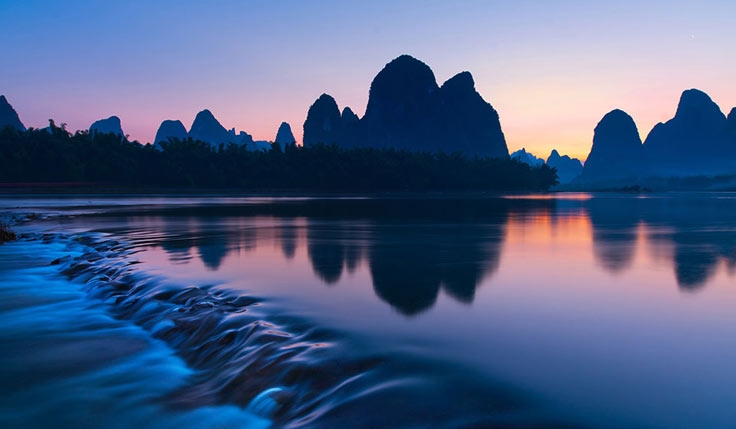 China Best Selection Tour
Beijing,Xi'an,Guilin,Shanghai
China Best Selection Tour
Beijing,Xi'an,Guilin,Shanghai
 China Golden Triangle Tour
Beijing,Xi'an,Shanghai
China Golden Triangle Tour
Beijing,Xi'an,Shanghai
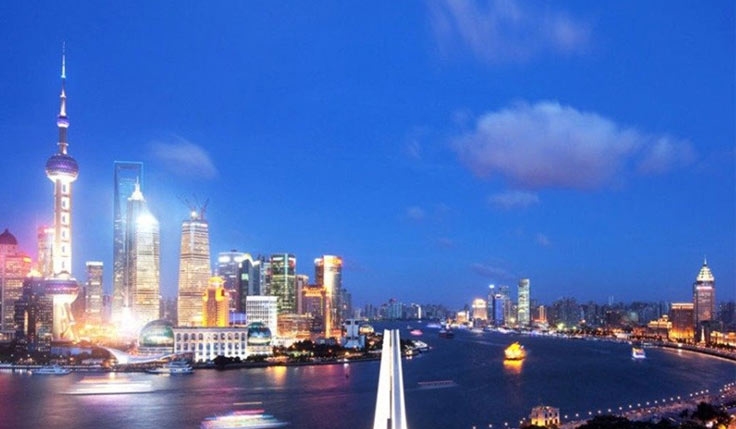 Spirit of China
Shanghai,Suzhou,Hangzhou,Xi'an,Beijing
Spirit of China
Shanghai,Suzhou,Hangzhou,Xi'an,Beijing
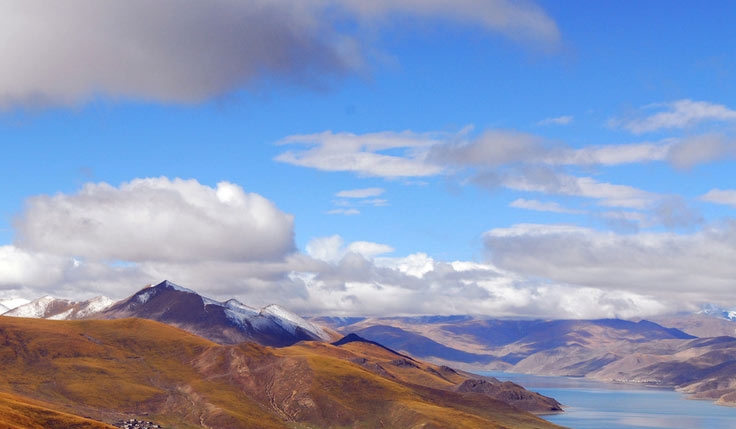 Holy Xizang Tour
Lhasa,Gyantse,Shigatse,Lhasa
Holy Xizang Tour
Lhasa,Gyantse,Shigatse,Lhasa
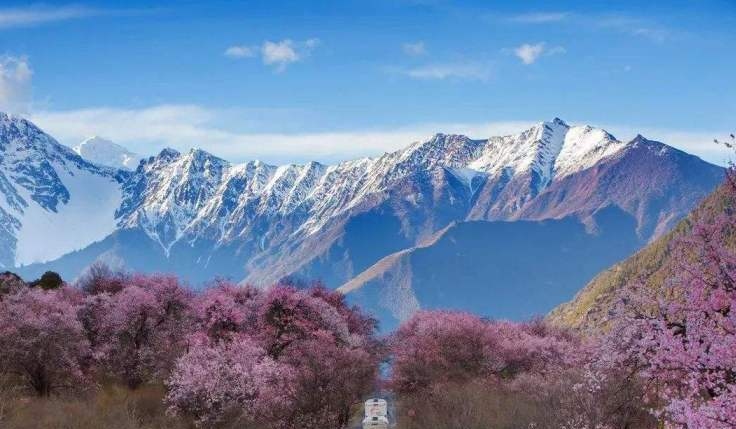 Xizang Nature Kingdom Tour
Lhasa,Nyingchi,Tsedang,Lhasa
Xizang Nature Kingdom Tour
Lhasa,Nyingchi,Tsedang,Lhasa
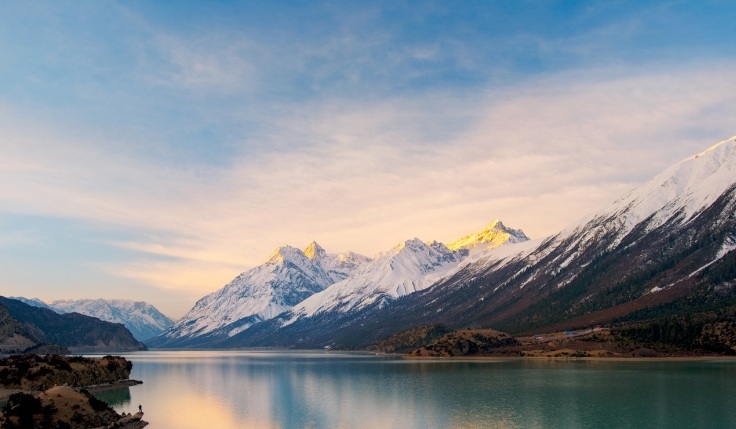 Heavenly Nyingchi Exploration with Namtso Lake
Nyingchi,Lhasa
Heavenly Nyingchi Exploration with Namtso Lake
Nyingchi,Lhasa
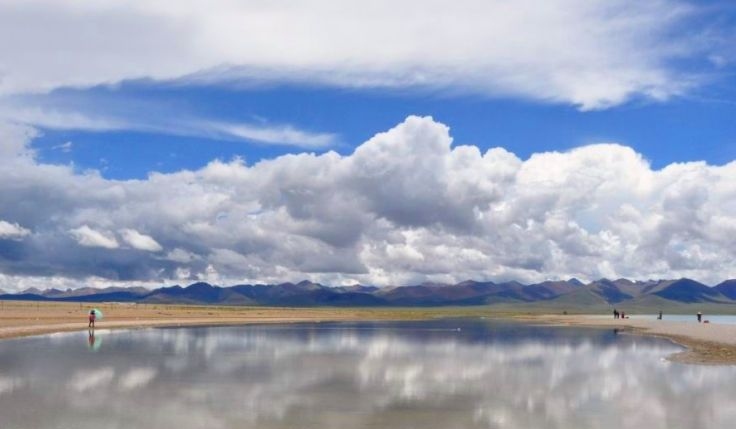 Xizang Scenic Tour & Namtso Lake
Lhasa,Tsetang,Shigatse,Lhasa
Xizang Scenic Tour & Namtso Lake
Lhasa,Tsetang,Shigatse,Lhasa
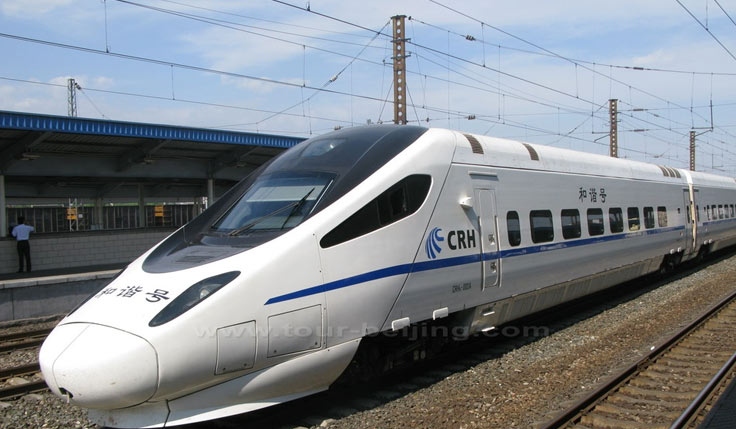 Bullet Train Tour of Splendid China
Beijing - Xi’an - Hangzhou - Suzhou - Shanghai
Bullet Train Tour of Splendid China
Beijing - Xi’an - Hangzhou - Suzhou - Shanghai